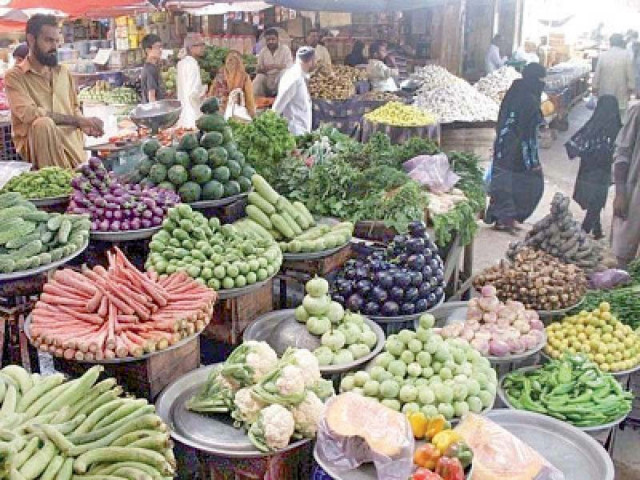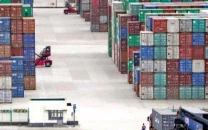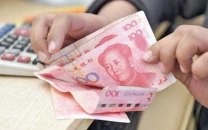Monetary policy outlook becomes volatile
Sharp rupee depreciation, petroleum price hike may accelerate pace of inflation

The outlook on the central bank’s key policy rate – the cost of bank borrowing which will be reviewed in September – has changed to volatile from stable in the wake of fresh rupee depreciation of 3% and a 15% hike in petroleum product prices since the last monetary policy announcement at the end of July 2023.
The two developments may accelerate the pace of inflation beyond the average of 20-22% projected by the central bank for the current fiscal year, ie 2023-24. It may prompt the State Bank of Pakistan (SBP) to further hike its policy rate beyond the current record high of 22% to control a soaring inflation.
In July, the bank left the policy rate unchanged at 22% for the next six weeks, believing the rate was appropriate enough that would push inflation down to the average of 20-22% in FY24 compared to around 29% in FY23.
Controlling the runaway inflation is one of the primary functions of the central bank through tapping the available tools including the monetary policy, while economic growth is the secondary objective. It stresses that stability in inflation is a must for achieving sustainable economic growth.
In a commentary titled “PKR depreciation & POL prices could alter monetary policy outlook”, JS Global Head of Research Amreen Soorani said that the depreciating rupee and rising international (and domestic) petroleum prices were beginning to alter inflation expectations, which could have implications for the monetary policy outlook.
The rupee has depreciated by almost 3%, or over Rs8, to a three-month low at Rs294.93 against the US dollar in the inter-bank market since July 31, 2023. On the other hand, prices of petroleum products have been jacked up by 15%, or around Rs38 per litre, to Rs291-293 per litre in August.
These two key factors may further fuel inflationary pressures with food (34% weight) and transport cost (6% weight) being the most vulnerable as some items may receive a double whammy from the rupee and oil prices.
From a monetary policy and real interest rate perspective, sensitivities suggest the 12-month forward Consumer Price Index (CPI) in September 2023 could start indicating readings above 22% – the current policy rate, rendering the forward-looking real interest rate potentially negative, she said.
According to Soorani, the CPI basket of Pakistan, which is a net importer, is exposed to the rupee movement. The US dollar-based pricing weight stands at 19%, almost one-fifth, in the CPI basket.
She elaborated that petroleum, oil and lubricant (POL) prices-related segments and energy-related utility prices accounted for 11% of the CPI basket while food items, mostly imported, contributed at least 2%. Moreover, other segments directly linked to food, such as readymade food, have 5% weight in the CPI basket.
The impact of rupee depreciation is compounded in the imported segments related to food prices, which is further impacted by higher POL prices.
The weight of segments facing a compounding impact of rupee movement and POL product prices totals at least 7% (imported food and readymade food), in addition to the complete food segment that contributes 35% to the basket.
“This compounding impact is also on the conservative side as higher transport costs impact other costs of businesses and living as well, albeit indirectly,” she said.
Soorani recalled that the sharp rupee depreciation of 17% in the first few weeks of calendar year 2023 triggered successive month-on-month CPI increases of 300 basis points from January to May 2023, a rare streak witnessed in Pakistan’s history.
It was driven by a 350-basis-point monthly increase in food inflation and 325-basis-point month-on-month increase in transport inflation during the same period.
“While we emphasise movement of PKR/US$ on the timing and quantum of external inflows, which has improved to a great extent as compared to a couple of months ago, shaper volatility could be detrimental to Pakistan’s inflation reading (and so does for the SBP policy rate).”
Published in The Express Tribune, August 17th, 2023.
Like Business on Facebook, follow @TribuneBiz on Twitter to stay informed and join in the conversation.



















COMMENTS
Comments are moderated and generally will be posted if they are on-topic and not abusive.
For more information, please see our Comments FAQ